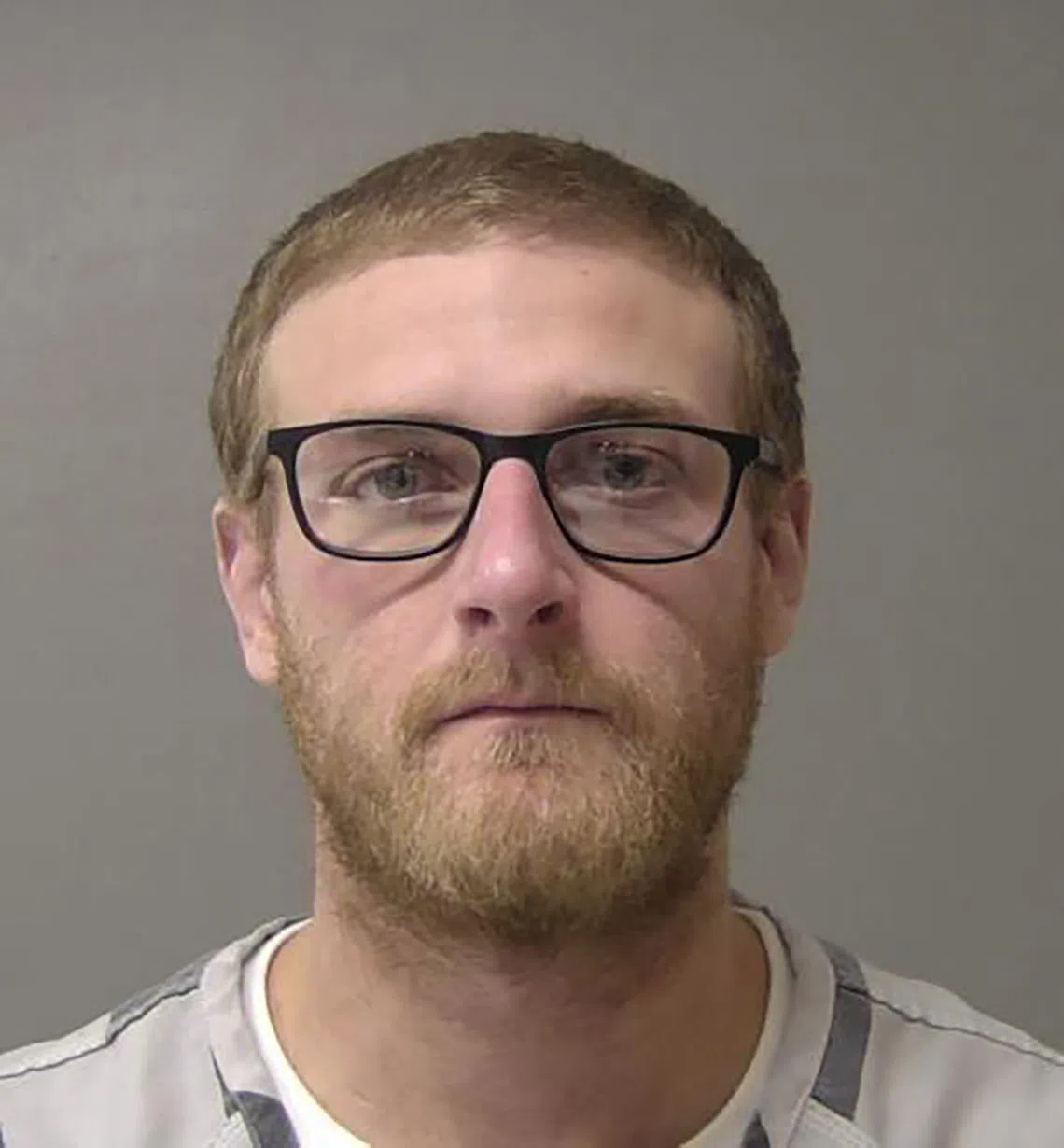UPDATED (10:30 p.m.) — Questioning of the first 12 has been underway for more than 30 minutes.
These were the first 12 to be questioned and it’s highly likely that some if not most will be removed. Each side gets a certain amount of “strikes” for either cause or just because they feel that person wouldn’t be good for their case.
Many were married. Several had never served on a jury before. Most had never been sued. Some were retired. Others were working at places like OSF Healthcare and Peoria Public Schools.
Sangamon County State’s Attorney John C. Milhiser started off questioning for the state. His first question was if jurors knew a member of law enforcement.
Normally, that’s a question that is key for defense attorneys but this time, it’s critical for the state as they are putting a former deputy on trial for murder.
Some knew guards at the courthouse. Other knew individual officers. One woman said she worked for a program known as “Cops for Kids.”
One man raised his hand and said he would be reluctant to find a former officer guilty but was cut off when he tried to explain his reasoning.
When asked if it was unfair to judge how a police officer acts under duress, none raised their hands. Other questions dealt with use of force, either deadly or less-than-lethal.
_________________________________________________________________________________
PEORIA, Ill. (WMBD) — Monday morning at the Peoria County Courthouse normally has jury trials and dozens of people arriving for court and jury duty.
But this Monday was different. Instead of many possible trials, there was only one, and it had all the attention of the entire city as well as the region.
The trial, which could last for up to two weeks, deals with the July, 6, 2024, deadly shooting of Sonya Massey by former Sangamon County Sheriff’s deputy Sean Grayson.
It is not at issue that Grayson shot Massey. That’s captured on body camera footage. Rather, the issue is going to be whether he was justified in his actions and likely where he followed departmental protocols regarding deadly force.
Grayson was charged in Sangamon County, but Circuit Judge Ryan Cadagin moved the case out of that county and to Peoria County due to “intense pretrial publicity.”
The charges
Grayson is charged with first-degree murder, aggravated battery with firearm and official misconduct.
The former deputy faces 20 to 60 if convicted of murder, but that could increase significantly if he’s found to have “personally discharged” a firearm and killed Massey. While it seems obvious that Massey’s death was caused by a gun, prosecutors must prove that and jurors must sign an additional verdict form for that.
Why? That’s due to a 2000 U.S. Supreme Court case, Apprendi v. New Jersey, which requires the “find of fact” — jurors — to decide any aggravating factors that could add time to a sentence.
Illinois has a firearm enhancement rule, known loosely as the “15-20-25 rule.” Use a gun in a crime and there are 15 years added on. Use a gun, and someone gets hurt, it’s an additional 20 years. Use a gun and cause “great bodily harm or death,” and it’s a 25-to-life tack-on.
However, jurors must decide whether that aggravating factor is proven at trial.
Aggravated battery carries a maximum of 30 years behind bars but under the state’s “One Act, One Crime” rule, that would not count towards additional time in prison.
The final charge is official misconduct and that has a maximum of five years behind bars which would be consecutive to any other count.
Voir Dire
The process of picking jurors is known in legal parlance as “voir dire.” It’s French and means to “speak the truth.”
The phrase likely refers to the idea of questioning people to see if they are able and willing to serve as an impartial arbitrator on a jury. The process, which can take a few hours or a few days, tries to remove anyone who has a bias in the case or who is unable to serve due to a variety of factors.
How it goes can vary, depending upon local tradition or a judge’s own personal ways of doing things. In this case, Sangamon County Circuit Judge Ryan Cadagin filled up the jury box with 12 people and began to question them.
Among the questions asked by the judge were if they could be fair to either side. Then it was if they knew anything about the case and if so, how?
All said from media reports. They all said they would be able to put aside what they had heard outside and rely solely on what they heard in the courtroom.
Other questions included on whether they knew any of the witnesses — they all answered no. Could they serve the full two weeks if needed. One woman said she needed to get up and walk and worried about sitting down all day.
Another person said they had an appointment next week.
The judge then went through a series of common questions for all 12 prospective jurors. They asked the point of law and then asked if they understood and if they accepted it. That’s legalese that is required by case law.
The courtroom
The case was moved from Springfield to Peoria to make sure an impartial jury could be picked.
Given the national spotlight, the case was put into courtroom 210 or what is commonly known as the “big courtroom” on the old side of the courthouse. The ceilings rise some 20 feet from the ground. There’s dark wood paneling and six rounds of wood pews for those in the audience.
Up in the well or the area of the courtroom used by the lawyers, there were two tables. One for prosecutors which had two people and the defense table where Team Grayson was camped.
Four guards were stationed throughout the room, which was largely empty for the jurors, the lawyers and the roughly 18 members of the media. Outlets represented included local media such as WMBD-TV to the New York Times, WCIA-TV and The Associated Press.
Reporters took up the first rows on either side. Most had laptops they were taking note upon. Cell phones were banned by Cadagin
Peoria has been selected in the past for such trials, including the infamous Richard Speck case which, coincidentally, was held in the same room as the Grayson trial. Speck was found guilty in 1967 of killing eight nursing students.
Another famous case was the case of brutal murder of a Logan County family in 2009. That trial, which lasted most of May 2013, was moved from that county for the same reason.
WMBD TV can be reached at News@WJBC.com.





